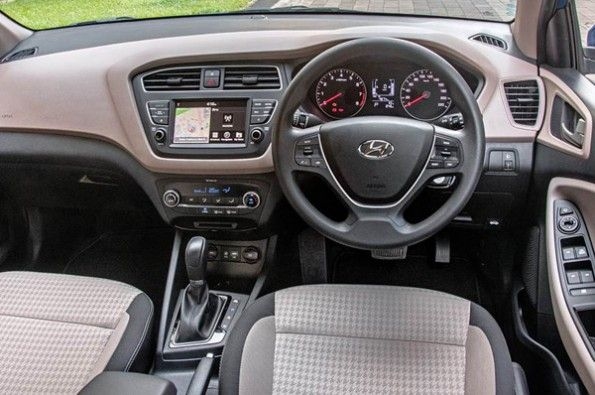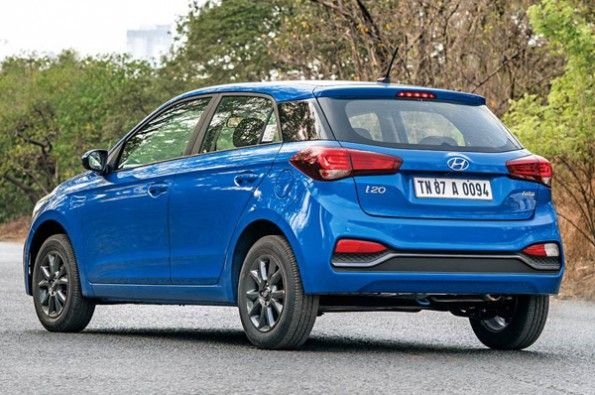Introduction
In the beginning of this year, Hyundai Launched the facelifted i20 at the Auto Expo. Prior to this, the car was only available with a 1.4-litre petrol motor and come paired to a four-speed automatic. Other options included a 1.2-litre petrol with a five-speed manual and a 1.4-litre diesel with a six-speed box. But, this facelifted model has brought with it the discontinuation of the 100hp 1.4-litre petrol motor. The hatchback still comes with the 1.2-litre petrol but this time around it gets a CVT automatic box. It is available in two variants – Magna Executive and Asta - priced at Rs 7.04 lakh and 8.16 lakh.
Sadly, the CVT is not available on the top-of-the-line Asta (O). This means, you will have to miss out on a few features to get the automatic box. The previous 1.4-litre car was available at Rs 8.97 lakh, which makes it considerably more than the outgoing models. Other features include ABS, DRLs, and touchscreen infotainment and climate control.

How does it drive?
CVTs have always been known for their smooth drive and it is no different in the new i20. The petrol motor delivers a good amount of power and the gears shift smoothly. The car takes off the line quickly. The gears shifts at part and medium throttle are almost unnoticeable. Additionally, the engine is smooth making the car very nice to drive in the city. But, things are drastically different when you step on the accelerator. The engine builds speed strongly. This rubber band effect, typical of CVTs is noticeable to say the least.

This means you will have to plan your overtakes in advance and helping you in this scenario is the manual mode. When you slide the car into the manual mode, it makes things better for overtaking. The car offers a good mid-range punch and keeping it higher in the rev range offers better acceleration. However if you get too high in the rev range the car makes a loud noise without any actual gain in performance.
The suspension on this hatchback does absorb low speed bumps well. The ride is silent and even though it is a soft setup, the i20 doesn’t move around a lot. At higher speeds though, it pitches quite a bit and doesn’t feel stable. The steering on the car is also light which further decreases its highway ability.

Should I buy one?
Hyundai is undoubtedly looking to bring in more customers with the addition of this new CVT variant. But, in order to keep the price down, the i20 loses out on some bits from the top-end Asta (O) variant that can only be had with a manual gearbox. Some of the features consist of side and curtain airbags, Isofix child seat points and a lot more. That said, the CVT model isn’t badly equipped and it gets all the necessities. The Hyundai i20 CVT’s pricing of Rs 7.04 lakh (Magna Executive) and Rs 8.16 lakh (Asta) slightly undercuts the cars in direct competition, like the Maruti Baleno CVT (Rs 7.10-8.41 lakh) and the Honda Jazz (Rs 7.71-8.47 lakh) (all prices, ex-showroom, Delhi). Which is why, if you are in the market for a city-friendly car – the i20 CVT would be a good option. However, for highway journeys, you would be better off with the manual variant.








